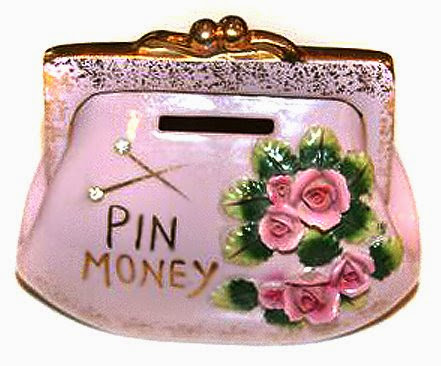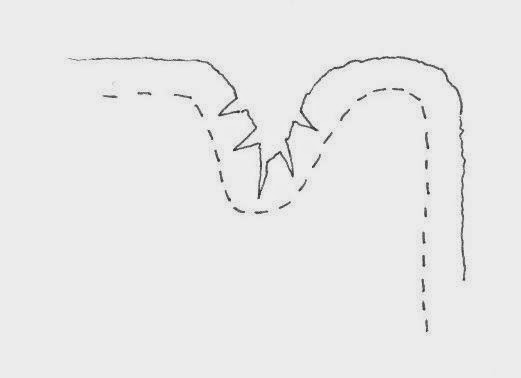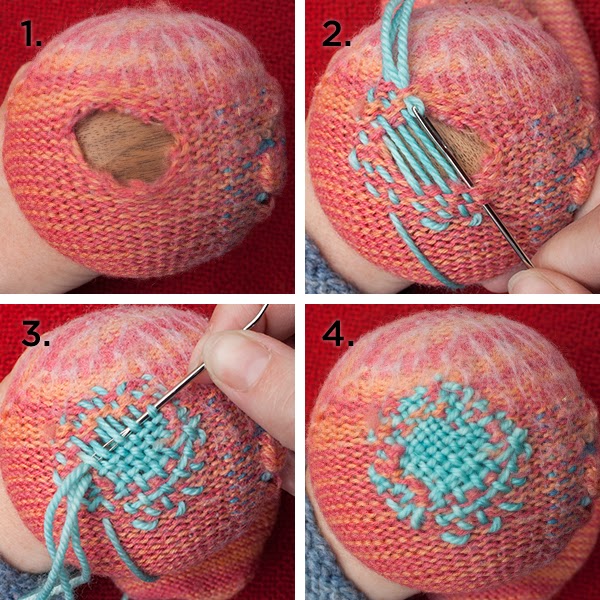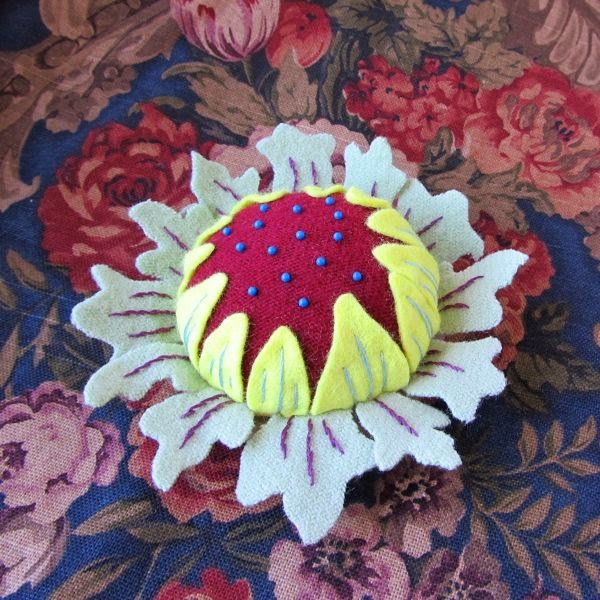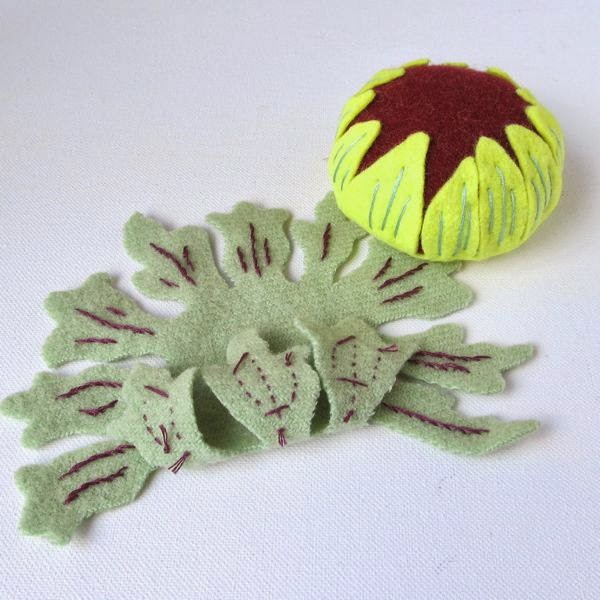My grandmother used to tell me stories from her life and all of them seemed to relate to one of two things: the music of the good old days and housekeeping. I learned the Charleston from her and I learned that a woman always manages her grocery budget in such a way as to be able to skim a bit of money off to save for a rainy day.
This money was called "egg money" because often there wasn't much that could be skimmed so women sold eggs from their backyard chickens to make a little extra. Egg money was saved for emergencies or that big household purchase before credit reared its ugly head in our modern world.
But before there was egg money, there was "pin money", a term coined in the fourteenth century.
Pin money was an allowance a husband gave his wife for her personal expenditures such as clothing and personal care items. My favorite descriptions of how pin money was used, however, dates from the sixteenth century on when pins were used to create gorgeous gifts.
Pins used to be quite expensive and were sold only a few days a year. Girls and women saved money so they could buy pins for both household and gift-related use. An allowance or spare coins were saved to purchase these and their value was much greater than we can imagine today.
Pins were bought and treasured and then used to create messages and designs on velvet or satin pincushions, often heart-shaped. These gifts were exchanged between older girls and also given by suitors to young women they fancied enough to woo with marriage in mind. WWI soldiers made them and sent them home to loved ones while they convalesced in veteran hospitals.
I also found a fascinating article regarding a man who bequeathed a sum of money to the First Lady of the US, calling it the Henry J. Freeman Jr. Pin Money Fund. This money would be paid out to the First Lady after the last of his descendants had died. Why? He felt the leader of our nation was paid a pittance and the First lady of the nation should have a bit of spending money of her own. Here is the article.
The advertisement came from an archived Louisiana newspaper, but I couldn't get the link to work. It seems that you could sell Ladies' Home Journal magazines for extra money which the ad represents as pin money.
Do you save money from your household budget? What do you call it? How do you save it? In a jar? Stashed in your lingerie drawer?
No, I'm being nosy. I just love to hear how household wisdom has survived into our modern times.




